INTERNACIONAL
Rubio reveals obscure Biden administration office kept ‘disinformation’ dossier on Trump official

Secretary of State Marco Rubio revealed in a Cabinet meeting that the Biden administration’s State Department kept dossiers on Americans accused of serving as «vectors of disinformation,» including a file on an unidentified Trump administration official.
«We had an office in the Department of State whose job it was to censor Americans,» Rubio said during Wednesday’s Cabinet meeting with Donald Trump. «And, by the way, I’m not going to say who it is. I’ll leave it up to them. There’s at least one person at this table today who had a dossier in that building of social media posts to identify them as purveyors of disinformation. We have these dossiers. We are going to be turning those over to these individuals.»
Vice President JD Vance interjected, asking, «Was it me or Elon? We can follow up when the media is gone,» and drawing laughter from the Cabinet.
«But just think about that. The Department of State of the United States had set up an office to monitor the social media posts and commentary of American citizens, to identify them as vectors of disinformation,» Rubio continued. «When we know that the best way to combat disinformation is freedom of speech and transparency.
RUBIO OVERHAULING ‘BLOATED’ STATE DEPARTMENT IN SWEEPING REFORM
Secretary of State Marco Rubio revealed in a cabinet meeting that the Biden administration’s State Department kept dossiers on Americans accused of serving as «vectors of disinformation.» (Jim Watson/AFP via Getty Images )
«We’re not going to have an office that does that.»
RUBIO ANNOUNCES CLOSURE OF STATE DEPARTMENT EFFORT THAT ‘WAS SUPPOSED TO BE DEAD ALREADY’
Rubio appeared to be referring to an office within the State Department previously known as the Global Engagement Center, which he officially shuttered earlier in April.
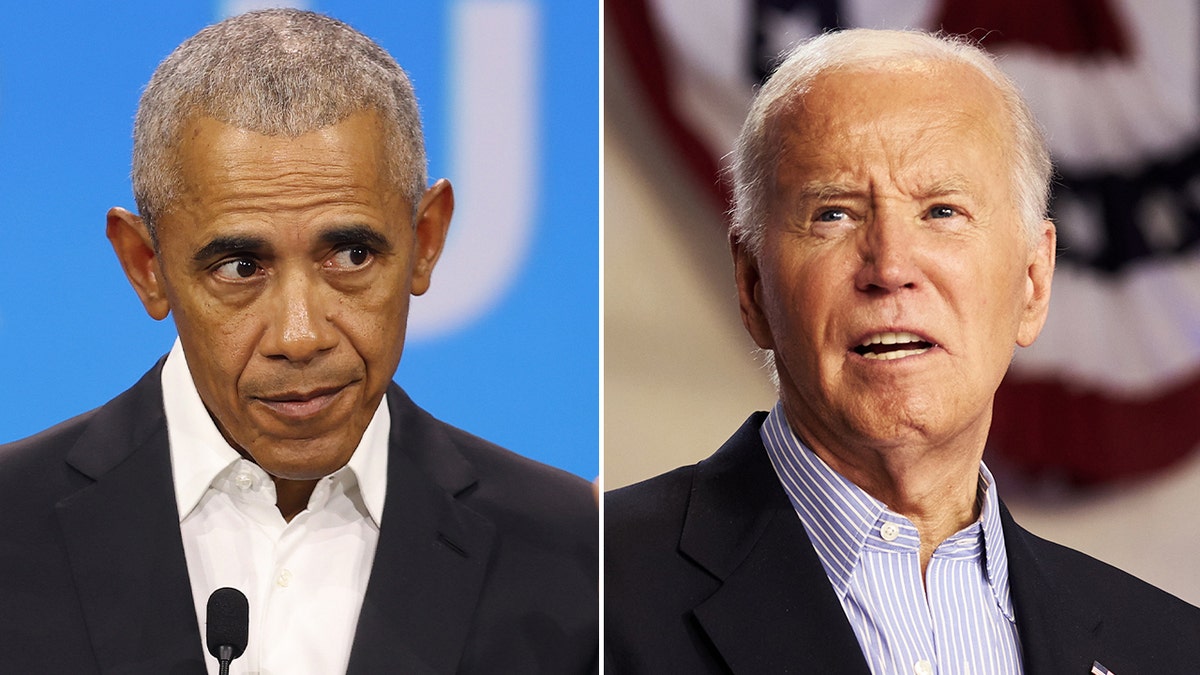
Former President Barack Obama established the small Global Engagement Center office in 2016 through an executive order aimed at coordinating counterterrorism messaging to foreign nations. (Getty Images)
When announcing a massive reorganization of the State Department, the Global Engagement Center engaged with media outlets and platforms to censor speech it disagreed with, Rubio said. The center has been accused by conservatives of censoring them.
Journalist Matt Taibbi, for example, previously reported that the center «funded a secret list of subcontractors and helped pioneer an insidious — and idiotic — new form of blacklisting» during the pandemic, Fox Digital reported in 2024.
He added that the Global Engagement Center «flagged accounts as ‘Russian personas and proxies’ based on criteria like, ‘Describing the Coronavirus as an engineered bioweapon,’ blaming ‘research conducted at the Wuhan institute,’ and ‘attributing the appearance of the virus to the CIA.’»
TWITTER BOSS ELON MUSK ACCUSES GOVERNMENT AGENCY OF BEING ‘WORST OFFENDER IN US GOVERNMENT CENSORSHIP’
Though Rubio did not identify which Trump official the Biden administration kept a dossier on, Elon Musk has previously railed against the Global Engagement Center.
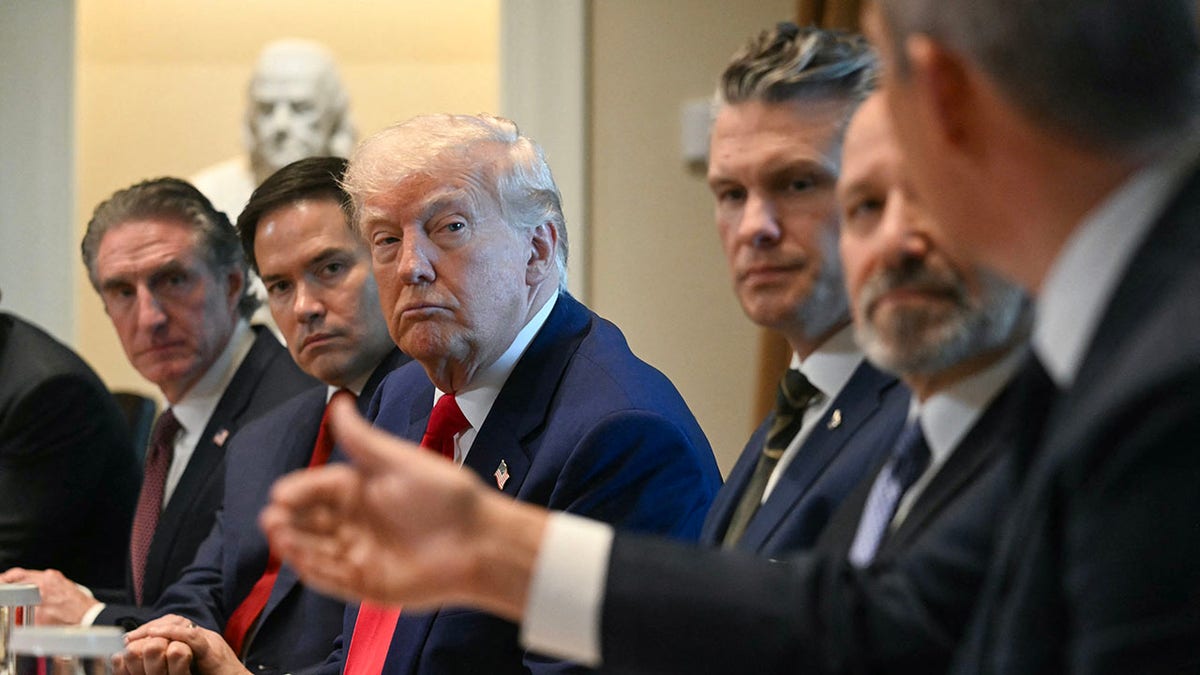
Secretary of State Marco Rubio did not identify which Trump official the Biden administration kept a dossier on, but Elon Musk previously railed against the Global Engagement Center. (Jim Watson/AFP via Getty Images)
«The worst offender in US government censorship & media manipulation is an obscure agency called GEC,» Musk posted to X in January 2023. That was more than a year before Musk endorsed Trump in the 2024 presidential race and became a fixture of the administration in his temporary role with the Department of Government Efficiency.
«They are a threat to our democracy,» Musk added.
Fox News Digital reached out to the White House for additional details on which Trump official was targeted but did not immediately receive a reply.
WHITE HOUSE PROPOSAL AXES UN, NATO FUNDS AND HALVES STATE DEPARTMENT BUDGET

Department of Government Efficiency leader Elon Musk railed against the Global Engagement Center in 2023. (Brendan Smialowski/AFP via Getty Images)
Former President Barack Obama established the small office in 2016 through an executive order aimed at coordinating counterterrorism messaging to foreign nations before it expanded its scope to also include countering foreign propaganda and disinformation, State Department documents show.
In 2024, lawmakers did not approve new funding for the office in the National Defense Authorization Act, and it was scheduled to terminate Dec. 23, 2024. The Biden administration, however, shuffled staffers and rebranded the office. It became the Counter Foreign Information Manipulation and Interference Hub in the waning days before Trump’s inauguration, the New York Post reported in January.
«I am announcing the closure of the State Department’s Counter Foreign Information Manipulation and Interference (R/FIMI), formerly known as the Global Engagement Center (GEC),» Rubio said in an April 16 statement announcing the office’s closure.
CLICK HERE TO GET THE FOX NEWS APP
«Under the previous administration, this office, which cost taxpayers more than $50 million per year, spent millions of dollars to actively silence and censor the voices of Americans they were supposed to be serving,» he wrote. «This is antithetical to the very principles we should be upholding and inconceivable it was taking place in America. That ends today.»
Fox News Digital’s Michael Dorgan contributed to this report.
Marco Rubio,State Department,Terrorism,Joe Biden,Elon Musk,JD Vance
INTERNACIONAL
Senate weathers Dem opposition, advances first government funding bill
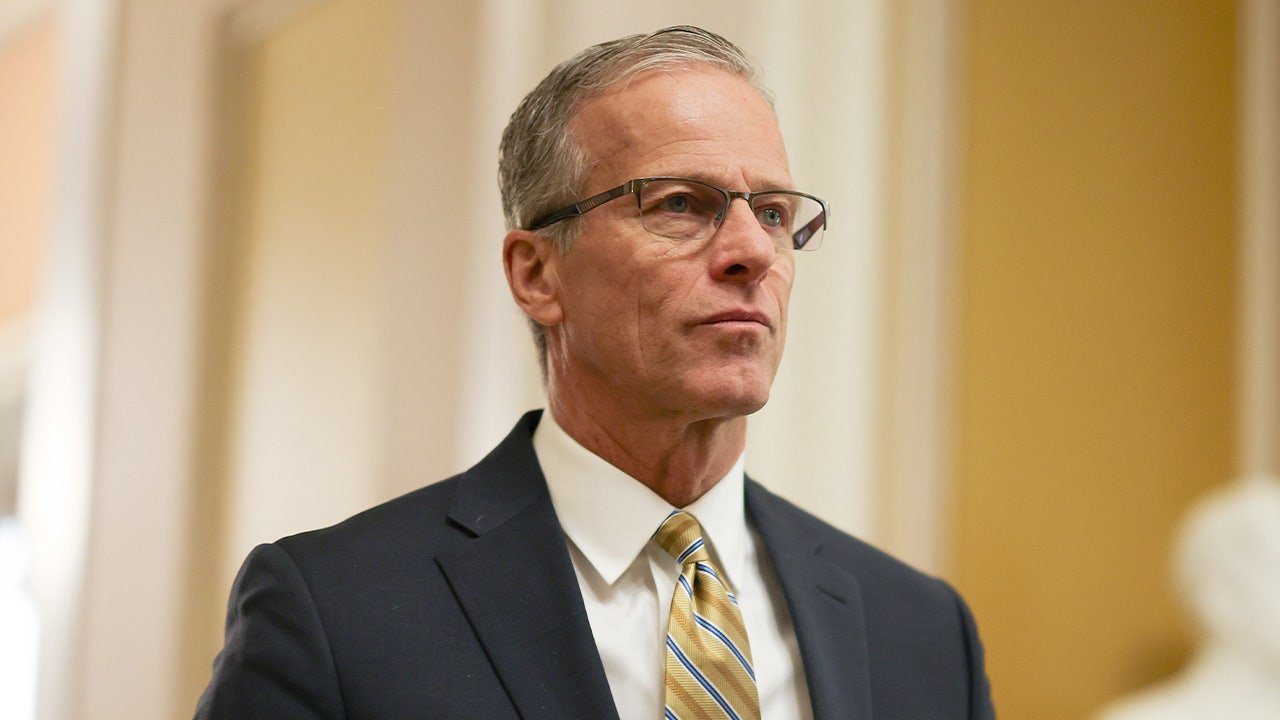
NEWYou can now listen to Fox News articles!
Senate Republicans and Democrats advanced the first set of spending bills through the upper chamber, despite signals from Democrats that they may block the government funding process.
In the days and weeks leading up to the vote, Senate Democrats warned that Republicans’ passage of highly partisan bills, like President Donald Trump’s $9 billion clawback package, had eaten away at the trust that girds the appropriations process.
DEMS SEEK RETALIATION OVER GOP CUTS AS THUNE CALLS FOR ‘COOPERATION’ ON FUNDING VOTE
Senate Majority Leader John Thune, R-S.D., heads to the Senate Chamber to vote on a bill on Jan. 22, 2025, in Washington. (Kayla Bartkowski/Getty Images)
Still, after meeting behind closed-doors Tuesday afternoon, Democrats ultimately provided enough votes to advance the bill, which would fund military construction and the VA. The vote allows for lawmakers to make amendments and debate the bill.
Senate Minority Leader Chuck Schumer, D-N.Y., said after the meeting that Democrats were still gunning for a bipartisan spending deal, effectively opening the door for his conference to back the spending bill package for now.
«We’re working together to get one,» Schumer said. «But the bottom line is, Republicans are making it much harder. Rescissions, impoundment, pocket rescissions directly undoes this.»
The bill advanced on a 90 to 8 vote, with Schumer and the majority of Senate Democrats joining every Republican to open debate on the bill.
Democrats were largely frustrated with the passage of Trump’s rescissions package last week, which slashed funding from foreign aid and public broadcasting, arguing that doing so dissolved trust between the parties when it came to crafting spending bills.
CONGRESSIONAL REPUBLICANS FACE BRUISING BATTLE TO AVOID GOVERNMENT SHUTDOWN

Senate Minority Leader Chuck Schumer (Reuters)
They argued that reaching an agreement on a funding bill, only to see their priorities later stripped out through rescissions, shattered confidence in their Republican colleagues to stick to their word.
«There’s no doubt,» Sen. Chris Van Hollen, D-Md., a high-ranking member of the Senate Appropriations Committee, told Fox News Digital. «I mean, someone does one thing one day and undoes it the next day, that obviously creates issues with trust.»
Senate Majority Leader John Thune, R-S.D., opted to call his counterparts’ bluff, and put the bill on the floor. Failure to advance the the legislation could have signaled a rocky road ahead for funding the government and beating the Sept. 30 deadline to avert a partial government shutdown.
«Democrats have indicated that they’re so upset over a rescissions bill last week, which, by the way, cut one tenth of 1% of all federal spending, that somehow they could use that to shut down the appropriations process and therefore shut down the government,» Thune said.
«We think that would be a big mistake, and hopefully they will think better of it and work with us, and we’re trying to give them what they’ve been asking for, [which] is a bipartisan appropriations process,» he continued.
Prior to the vote, Senate Appropriations Chair Susan Collins, R-Maine, urged passage of the bill through the procedural hurdle, and noted that when she and Sen. Patty Murray, D-Wash., the top Democrat on the panel, took the helm of the committee, they «committed to working together» on spending bills.
She noted that when Democrats controlled the chamber, lawmakers didn’t get the same opportunity to consider spending bills, but acknowledged that it was still a «challenging legislative environment.»
«This is a fundamental responsibility of Congress, and I want to express my gratitude to Senate Majority Leader, Sen. Thune, for giving us the opportunity to bring the first of the fiscal year 2026 appropriations bills to the Senate floor,» she said.
‘ALL THE OPTIONS’: GOP EYES CUTTING AUGUST RECESS TO MOVE DOZENS OF TRUMP NOMINEES STALLED BY DEMS
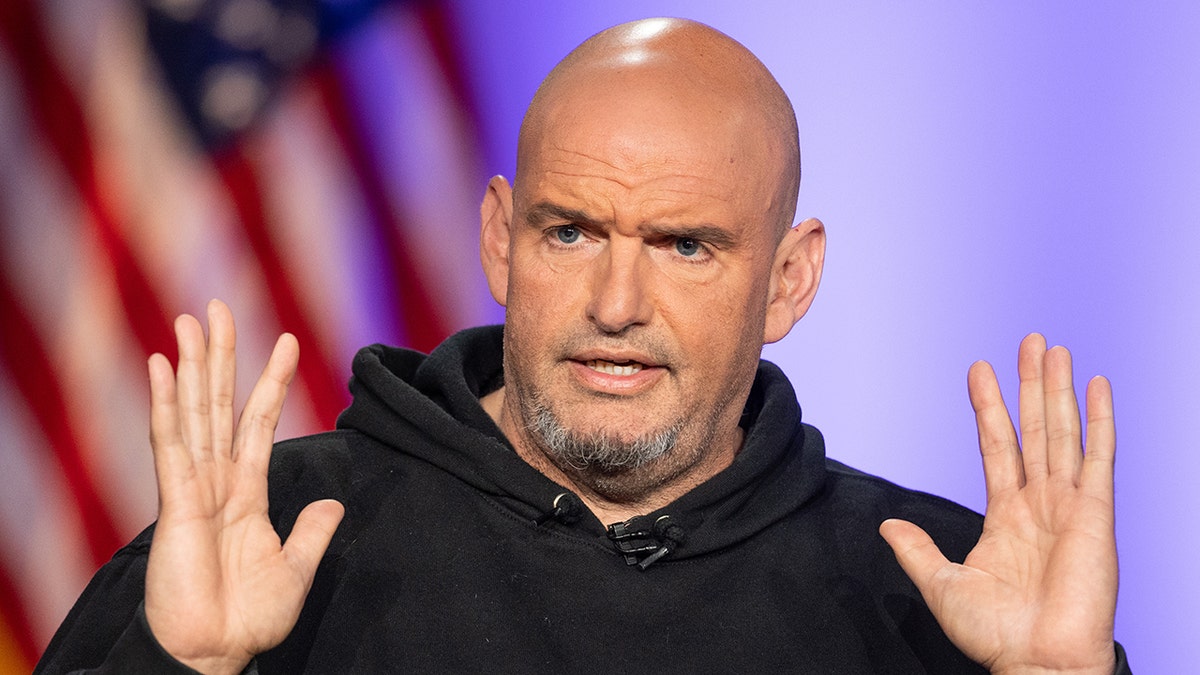
Sen. John Fetterman during the sixth installment of The Senate Project moderated by FOX NEWS anchor Shannon Bream at the Edward M. Kennedy Institute for the United States Senate on June 2, 2025, in Boston. (Scott Eisen/Getty Images)
But, passage of the first bill, and the ensuing amendment process leading to a final vote, does not guarantee that the appropriations process will go smoothly before the deadline hits in the next couple of months.
Congress has not passed spending bills through a process called regular order since the late 1990s and has typically relied on short government funding extensions, known as continuing resolutions, and year-end, colossal spending packages, known as omnibuses, to keep the lights on in Washington.
Disagreements over funding levels between the Senate and House, coupled with lingering questions about whether Schumer will continue to play ball with Republicans, could tee up another showdown around the September deadline.
Schumer said that he would have a confab with House Minority Leader Hakeem Jeffries, D-N.Y., and the top Democrats on the House and Senate Appropriations committees, Rep. Rosa DeLauro, D-Conn., and Murray, «to discuss the appropriations process in both the House and the Senate in the weeks ahead.»
«With so much hard work ahead, the government funding deadline only less than 25 legislative days away, Republicans should be focused on working with us to deliver for American families,» he said.
CLICK HERE TO GET THE FOX NEWS APP
Sen. John Fetterman, who earlier this year voted with Republicans and a handful of his Democratic colleagues to thwart a partial government shutdown, had a stern message for Senate Democrats that may want to obstruct the government funding process.
«I will never, ever vote to shut our government down,» the Pennsylvania Democrat told Fox News Digital. «That’s a core responsibility. And now we may not like a lot of these changes to things, and I don’t, but I’m saying that’s the way that democracy works.»
«And now shutting the government down, how could you do that and plunge our country into chaos,» he continued.
INTERNACIONAL
American man from Oklahoma ‘brutally executed’ by Syrian-backed jihadis
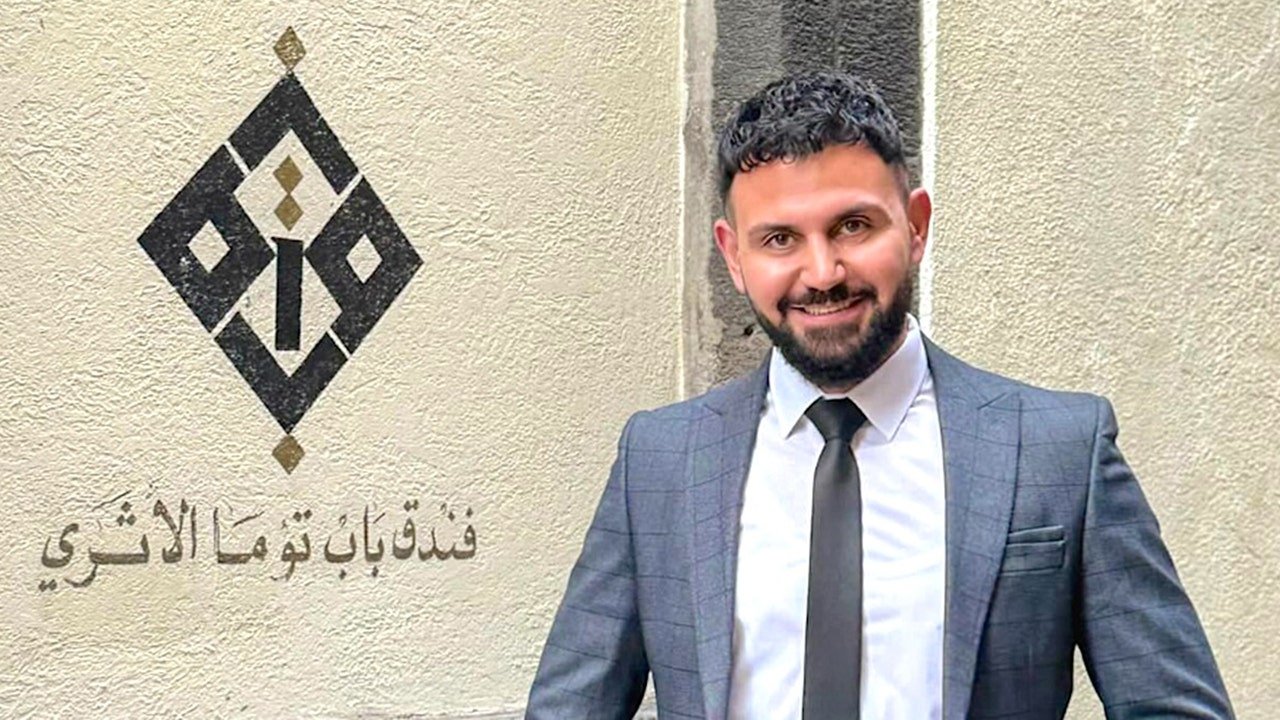
NEWYou can now listen to Fox News articles!
Syrian jihadists reportedly executed a 35-year-old Syrian American – a member of the religious minority Druze community – last week as government-backed forces viciously attacked members of the Druze community in the country.
The State Department confirmed on Tuesday to Fox News Digital that an American, who has been identified as Hosam Saraya from Oklahoma, was killed in Syria. A State Department spokesperson said, «Time and time again, Secretary Rubio has emphasized the importance of prioritizing the safety and security of U.S. citizens. We can confirm the death of a U.S. citizen in the Sweida region of Syria last week. We offer condolences to the family on their loss and are providing consular assistance to them.»
Sen. James Lankford, R-Okla, wrote on X, «Hosam was an Oklahoman and member of the Druze community who was tragically executed alongside other members of his family in Syria. We are praying for his family, friends, and the entire community as they grieve this senseless loss.»
WHY SYRIA PLAYS A KEY ROLE IN TRUMP’S PLANS FOR MIDDLE EAST PEACE
Hosam Saraya was visiting family in Syria when he was killed by suspected jihadists due to his being a member of the Druze community. (Instagram/Hosam Saraya)
Sen. Markwayne Mullin, R-Okla, wrote on X that an «American citizen from Oklahoma» was «brutally executed alongside his family members in Syria,» adding, «I’m working with partners in the region to learn more, and we’re in touch with @GovStitt on this devastating situation. Our prayers are with the family at this time.»
President Ahmed Al-Sharaa had reportedly taken the side of the jihadi-influenced Bedouin tribes who executed Druze residents in southern Syria, declaring they carried out «heroic actions.»
Al-Sharaa, who used a nom de guerre «Abu Mohammed al-Golani,» was on the FBI’s Most Wanted List from 2013 through 2024 for his role in terrorism. Critics accuse al-Sharaa of seeking to violently repress the struggling ethnic and religious minority populations in Syria – Christians, Druze, and Kruds.
Last week Israel launched military strikes against the jihadi forces on their way to the southern city of Sweida, where there is a large Druze population, to stop the massacre. Israel also attacked the Syrian Defense headquarters in Damascus to halt the bloodshed in Sweida.

Syrian security forces walk together along a street after clashes between government troops and local Druze fighters in Sweida, July 16, 2025. (Reuters/Karam al-Masri)
An Israel Defense Force spokesman told Fox News Digital during a Zoom call that it «learned its lesson» from the Hamas invasion of the Jewish state in 2023 and has two goals in southern Syria: border security and the rescue of Syrian Druze.
The bulk of the world’s Druze community lives in Syria. There are also sizable Druze populations in Israel and Lebanon.
WHO ARE THE DRUZE? RELIGIOUS GROUP AIDS SYRIAN MEMBERS UNDER ISLAMIST ATTACK, ISRAELI MEMBERS OFFER SUPPORT
Arizona GOP Congressman Abe Hamadeh, who is of Druze background, told Fox News Digital, «The barbaric violence against the Druze community in Syria must end immediately. Under the bold leadership of President Donald J. Trump, Secretary Rubio, and Ambassador Barrack, the United States took bold steps to ease sanctions and extend goodwill to the Syrian government and its people in the hope of seeing real reforms.»
Hamadeh, whose mother is from Sweida, added, «Now is the time for the Syrian government to turn their words into real actions, if they want to maintain legitimacy: restore order, protect all of its citizens, and demonstrate a genuine commitment to peace and long-term stability. The only way is to build a new Syria that is reflective of its ethnic and religious mosaic. The United States wants Syria to succeed, but bloodshed, senseless violence, and division is not the path forward.»

Israeli Druze cross the border near Majdal Shams in a show of support for the Druze community in Hader on the Syrian side on July 16, 2025. (Ilia Yefimovich/picture alliance via Getty Images)
The Arizona congressman said, «My staff and I are engaged in interagency efforts to ascertain what is, and is not, happening on the ground in Syria amid the fog of this conflict. We will not rest until all American remains and victims are returned. Justice and accountability must be served. We are praying for the victims and for peace.»
Al-Sharaa’s rule since he toppled the pro-Iran regime of Bashar al-Assad in December has experienced massacres of Alawites, Christian and Druze. Critics argue that Al-Sharaa refuses to rope in the jihadi forces who seek to impose a Taliban-style rule on Syria.
CLICK HERE TO GET THE FOX NEWS APP
After Al-Sharaa’s forces executed Syrian Christians in March, Rev. Johnnie Moore, the president of the Congress of Christian Leaders, told Fox News Digital: «This is a warning that the Syrian government is not ready for prime time if it can’t protect a handful of vulnerable Christians who had absolutely nothing to do with this violence except being its victims,»
The death toll involving the clashes between Sunni Bedouin tribes and Druze fighters, which includes government forces and Israel, topped 1,000, according to the U.K.-based Syrian Observatory for Human Rights (SOHR).
Washington helped implement a fragile ceasefire. SOHR noted, «Reaching an agreement including ceasefire and sponsored by Washington coincided with threats to keep Syria on the list of state sponsors of terrorism, in case that the agreement’s terms were violated.»
INTERNACIONAL
El vínculo de 15 años entre Donald Trump y Jeffrey Epstein: un torbellino de fiestas, jets privados y mujeres
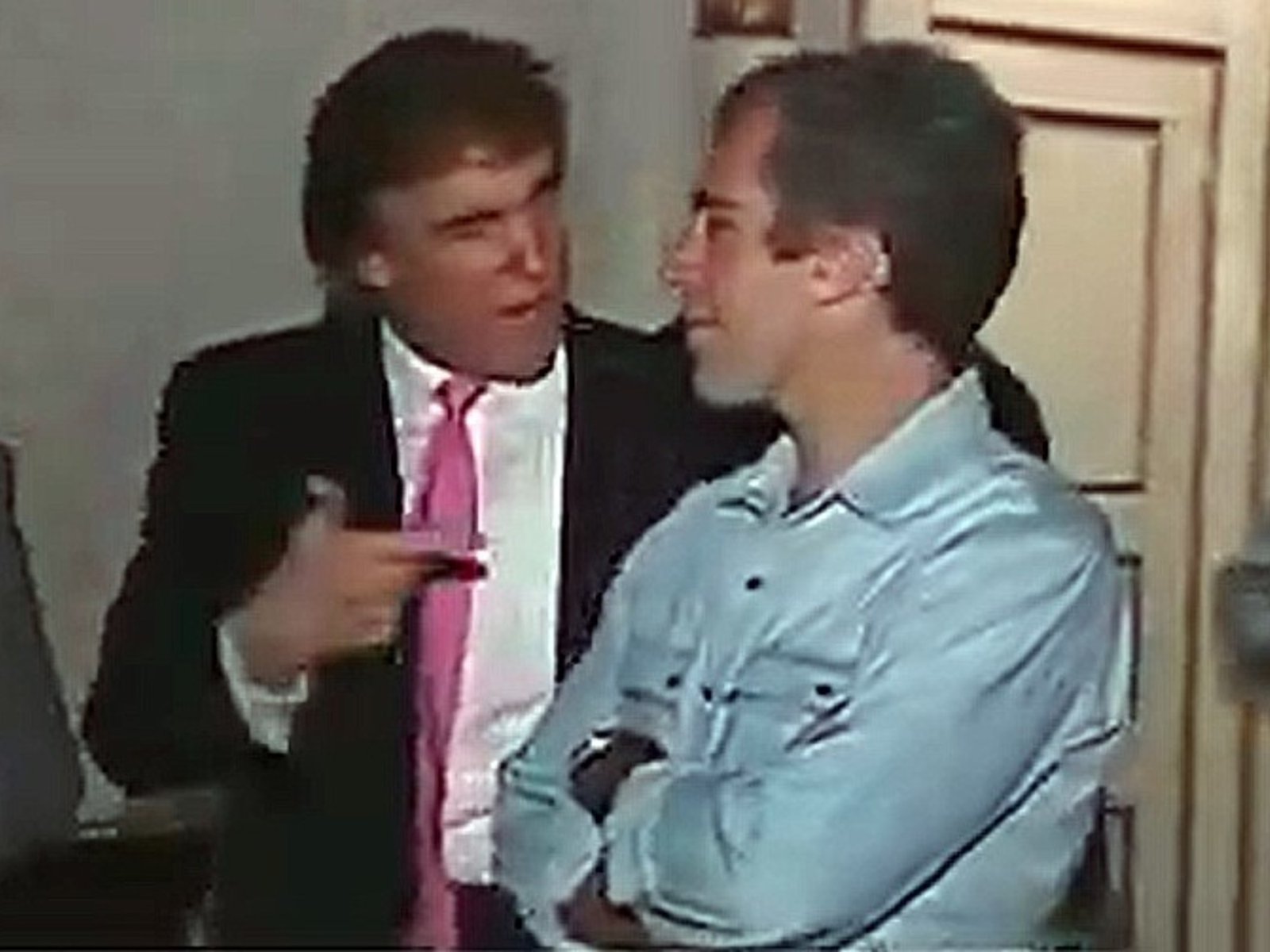
Vecinos de Palm Beach
Un encuentro en Mar-a-Lago
Separación de caminos
«Yo no era fan»

 POLITICA2 días ago
POLITICA2 días agoExpulsada del Gobierno, Victoria Villarruel empieza a tomar distancia, pero no tiene proyecto político para este año

 POLITICA2 días ago
POLITICA2 días agoLa CGT evalúa adelantar a octubre el recambio de sus autoridades y define una movilización contra Milei

 ECONOMIA3 días ago
ECONOMIA3 días agoYPF aplica un nuevo aumento en los combustibles desde la medianoche: a cuánto sube el litro de nafta







































